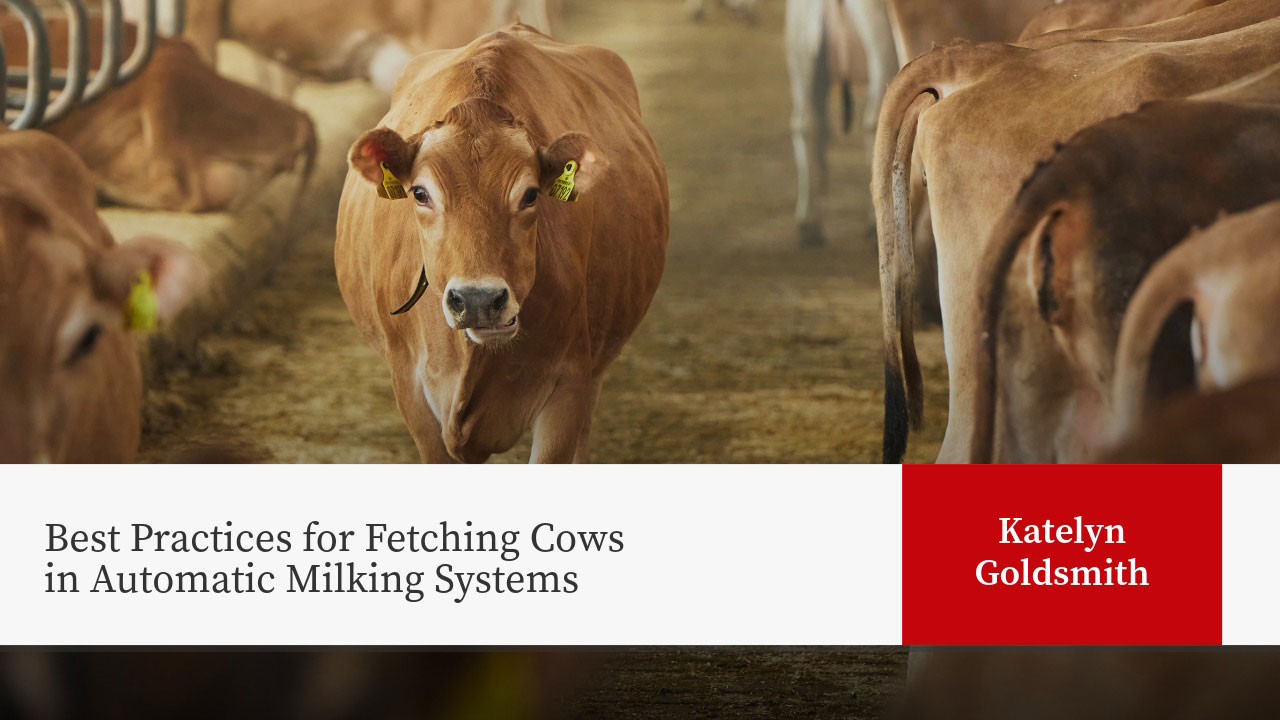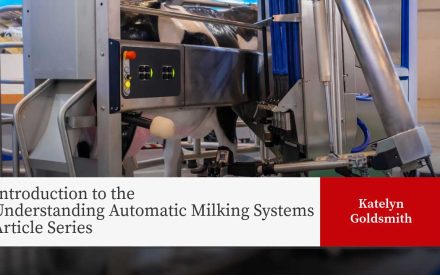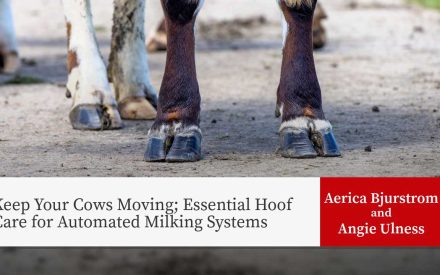
Introduction
In Automatic Milking Systems (AMS) 🔍, some cows may not visit the AMS as often as expected and need to be fetched for milking. How these cows are handled during fetching 🔍can significantly impact cow behavior and farm workflow. The goal is to not only get the cow milked, but to do so in an efficient way that encourages her to return voluntarily in the future.
Best Practices
- Move Calmly and Quietly: Use calm, deliberate movements when fetching cows. Avoid yelling, loud noises, or sudden movements that could startle or stress animals. A stressed cow may develop negative associations with the robot or the fetching process.
- Pair with Other Tasks: Fetching can be more efficient when combined with other low-disruption tasks such as cleaning stalls. This helps integrate fetching into the daily rhythm of the barn without creating extra disruptions to cow flow.
- Avoid Making it an Expected Routine for the Cow: The goal is to coach cows to visit the robot independently. If the same cows are fetched the same way, at the same times, several times a day, they may begin to rely on that routine rather than visiting the robot independently. Avoid over-fetching to help prevent this behavior.
- Make Use of Fetch Pens: Fetch pens 🔍, commonly used in free-flow barns 🔍, make it easier to direct fetch cows into the robot. In guided-flow barns 🔍, separate fetch pens are less common since commitment pens 🔍 already serve a similar function. Regardless of the system, pens and waiting areas should have good footing and adequate heat abatement to encourage cow comfort.
- Respect Cow Flow: Avoid fetching cows during peak traffic times or when the robot is already busy. This prevents crowding and congestion at the robot entrance, and fetched cows don’t have to wait for a long time. Observe how cows move through the barn naturally and fit your fetch strategy to the barn’s rhythm.
- Observe and Adapt: If certain cows are repeatedly being fetched, try to understand why this is happening. Is the cow sick? Is she more submissive or timid than other cows? Does she have consistent, negative robot experiences? Fetching should be part of a broader improvement cycle, not just a daily chore. Each fetch is an opportunity to learn more about the individual cow’s behavior and the system’s performance.
Summary
By following best practices including calm and thoughtful handling, farmers can make fetching cows a low stress, productive task for both themselves and their cows. To learn more about ways to encourage cows to visit the AMS voluntarily, read the companion article: Encouraging Voluntary Visits in Automatic Milking Systems.
Author

Katelyn Goldsmith
Dairy Outreach Specialist– In her role as a statewide Dairy Outreach Specialist, Katelyn connects research with practical farm management practices to create educational programming addressing the needs of Wisconsin dairy producers.
Reviewers


 Case Study of a Mastitis Investigation in an Automatic Milking System (AMS)
Case Study of a Mastitis Investigation in an Automatic Milking System (AMS) ▶️ Watch: New Technologies in Dairy Farming
▶️ Watch: New Technologies in Dairy Farming Introduction to the Understanding Automatic Milking Systems Article Series
Introduction to the Understanding Automatic Milking Systems Article Series Keep Your Cows Moving; Essential Hoof Care for Automated Milking Systems
Keep Your Cows Moving; Essential Hoof Care for Automated Milking Systems


